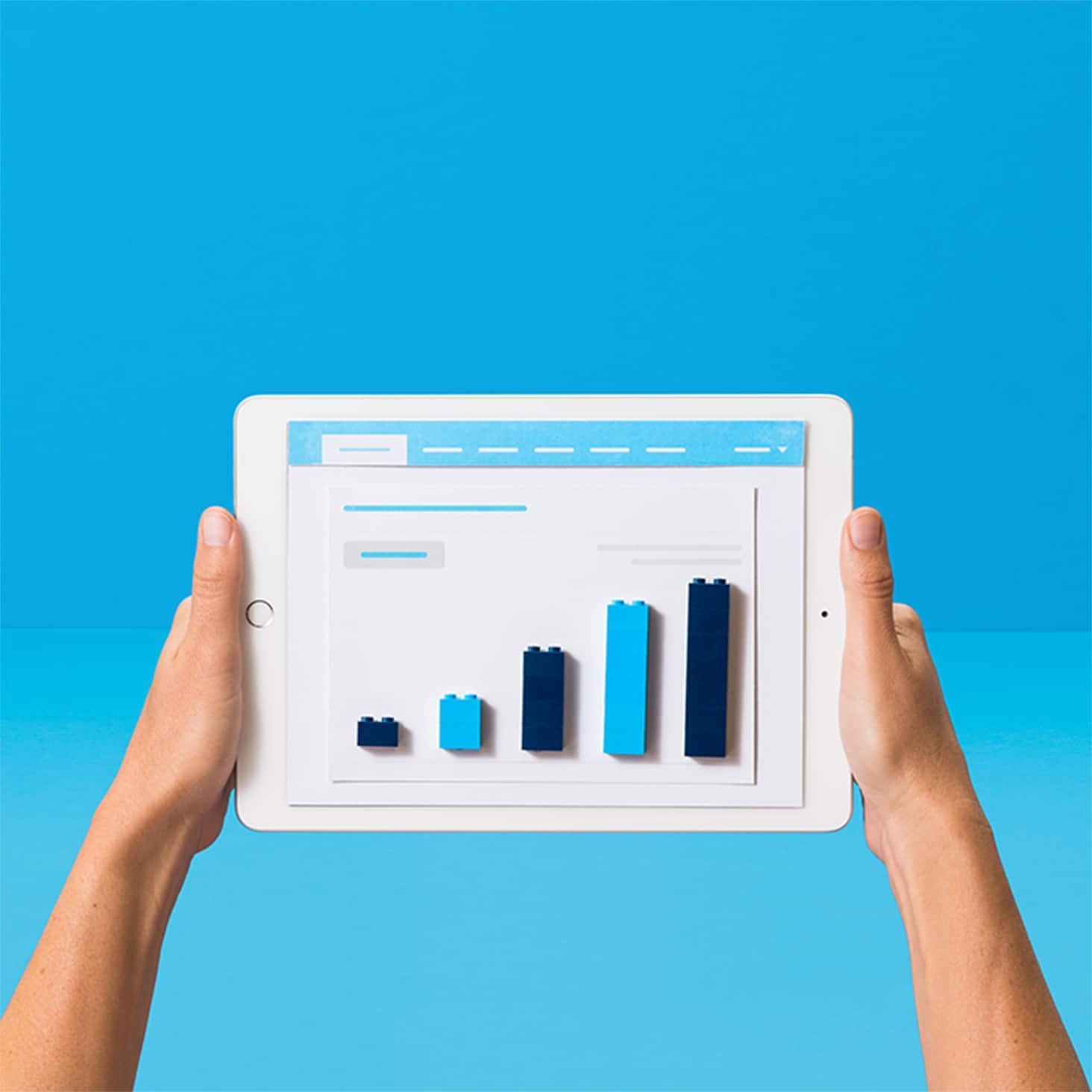Construction accounting: Track costs and manage cash flow for your small business
Construction accounting tracks project costs, manages cash flow, and handles unique challenges like costing and billing.

Written by Jotika Teli—Certified Public Accountant with 24 years of experience. Read Jotika's full bio
Published Friday 17 October 2025
Table of contents
Key takeaways
• Implement job costing by tracking all project expenses including labour, materials, subcontractor fees, and equipment hire to monitor profitability and create accurate future quotes.
• Update your accounting software weekly with expense tracking, cash flow monitoring, contractor payments, and invoice generation to prevent costly mistakes and maintain steady cash flow.
• Protect your cash flow by requesting upfront payments for major materials, invoicing regularly for completed work, and stopping work immediately if client payments cease.
• Choose the appropriate accounting method for your business size and project types, with cash-basis suitable for smaller contractors and accrual or percentage of completion methods better for longer, complex projects.
What is construction accounting?
Construction accounting helps you manage your books for each project in the building trade. Unlike regular accounting, it focuses on individual projects or jobs. You treat each project as a separate job, with its own budget and costs.
This approach helps you track job profitability, manage cash flow for long projects, and handle contractor payments and material costs. It gives you a clear picture of your financial health, one project at a time.
Why is construction accounting different?
Construction businesses operate differently from traditional companies, creating unique accounting challenges:
- Project-based structure: Revenue and costs are tracked by individual jobs rather than overall business operations
- Multiple contractors: Most workers are independent contractors, not employees, requiring different tax and payment handling
- Variable workforce: Team size and composition changes frequently based on project needs
- Overlapping projects: Contractors often work on several jobs simultaneously, complicating cost allocation
In this guide, you’ll learn what you need to know about construction accounting. This will help you keep your business profitable and organised.
Construction accounting methods
You need to choose the right accounting method for your business. Some methods are set by standards like AASB 111 Construction Contracts. In construction, you generally have a few options:
- : This is the simplest method where you record income when you receive it and expenses when you pay them. According to the ATO, it's an option for businesses with an aggregated turnover of less than $10 million. It's straightforward but may not give a true picture of a project's long-term profitability.
- Percentage of completion method (PCM): For long-term contracts, this method lets you recognise revenue and profit in proportion to the work you've completed. It helps smooth out your income over the life of the project.
- Completed contract method (CCM): With this method, you wait until a project is 100% finished before you record any of the income or profit. It's simple, but it can lead to big swings in your revenue from one year to the next.
Ask your accountant which method suits your business and contracts.
Job costing and project tracking
Job costing is central to construction accounting. You track all costs for each project, including labour, materials, subcontractor fees, and equipment hire.
By assigning every cost to a job, you see how much you spend and if you are on budget. This helps you act quickly if costs increase.
Effective project tracking shows you which jobs are profitable. This helps you create accurate quotes for future work and focus on the best parts of your business.
Make accounting part of your workflow
Regular accounting updates prevent costly mistakes and cash flow problems in the fast-moving construction industry. Update your accounting software weekly with:
- Expense tracking: Record all project costs immediately to avoid undercharging clients and ensure you can claim a GST credit, which requires a tax invoice for purchases over $82.50.
- Cash flow monitoring: Track money in and out to prevent cash shortages
- Contractor payments: Update subcontractor and supplier information as projects change
- Invoice generation: Bill clients promptly to maintain steady cash flow
Build accounting into your workflow. Choose accounting software and use it regularly.
Cloud-based accounting software makes construction accounting manageable from any location:
- Mobile access: Update accounts from job sites using your smartphone or tablet
- Real-time tracking: Send invoices, record material costs, and track expenses instantly
- Accurate billing: Capture all project costs to avoid undercharging clients
- Tax compliance: Maximise deductions and maintain Keep records that are ready for review by tax authorities.
Beware of the cash flow trap
Cash flow management is critical in construction because you typically pay for materials before receiving payment. If a client cannot pay mid-project, you may not recover your upfront costs.
Protect your cash flow by:
- Requesting upfront payments: Get money for major materials before purchasing
- Matching expenses to revenue: Only spend what you can afford to lose on each project
- Stopping work if payments stop: Protect yourself from further losses
Keep your cash flow balanced. Careful cash flow management helps your business stay strong and avoid bad debts.
Getting started with construction accounting
Getting started with construction accounting requires the right foundation and ongoing discipline. Set up proper systems from the beginning and maintain them consistently to avoid costly mistakes and cash flow problems that sink many construction businesses.
The right tools help you track project costs, manage invoices, and see your cash flow in real time.
Xero brings everything together so you can focus on building. Try Xero for free.
FAQs on construction accounting
Here are some common questions contractors have about managing their finances.
Is construction accounting difficult?
It can feel complex because of its project-based nature and unique rules. However, with the right processes and accounting software, it becomes much more manageable. The key is to stay organised and track everything from the start.
What's the best accounting method for a small contractor?
Many small contractors start with the cash-basis method because it's simple. As your business grows and you take on longer projects, you might find the accrual or percentage of completion methods give you a more accurate financial picture. It's a good idea to discuss this with an accountant.
How does software help with job costing?
Accounting software like Xero lets you tag every expense and invoice to a specific project. This automatically calculates the costs and profitability for each job, so you don't have to rely on manual spreadsheets. It gives you instant insights into how your projects are performing.
Accounting software for your small business
Run your business on Xero’s simple and powerful online accounting software.
Learn more about Xero accounting software
Disclaimer
Xero does not provide accounting, tax, business or legal advice. This guide has been provided for information purposes only. You should consult your own professional advisors for advice directly relating to your business or before taking action in relation to any of the content provided.
Start using Xero for free
Access Xero features for 30 days, then decide which plan best suits your business.